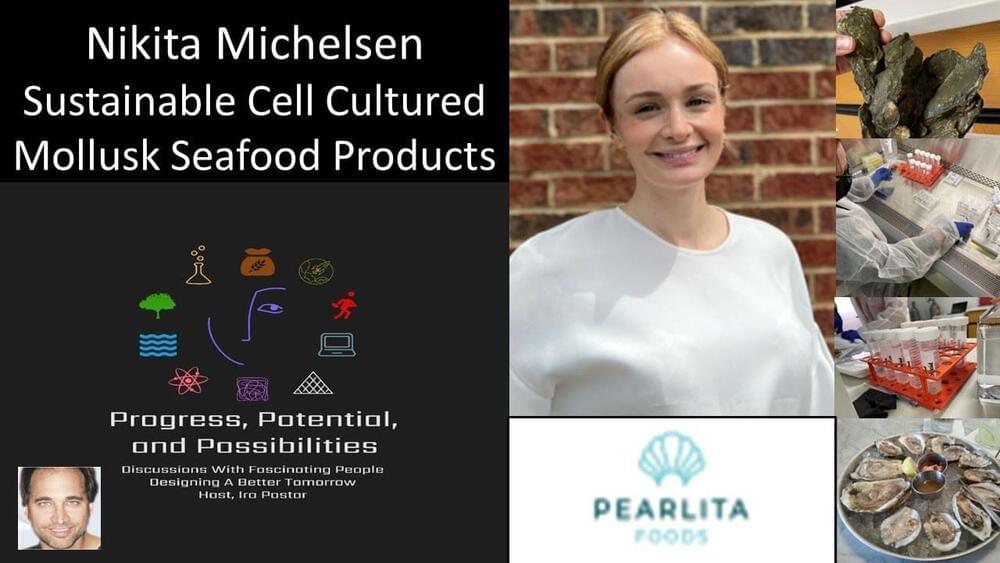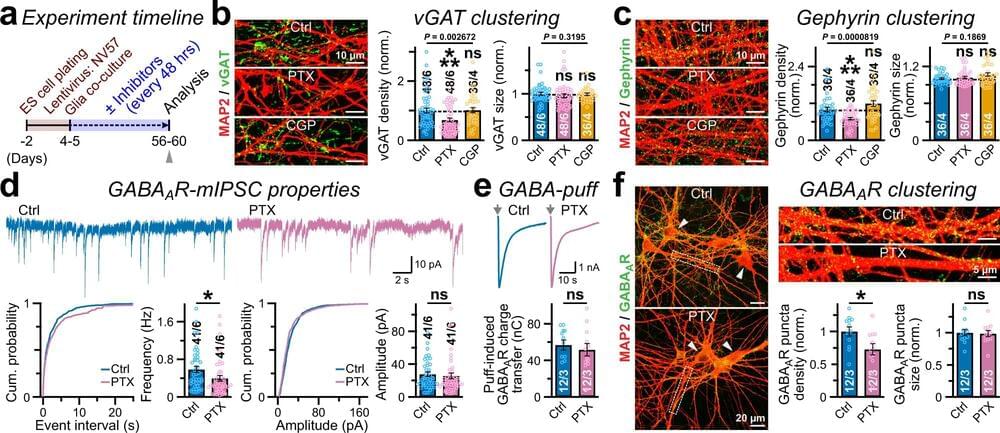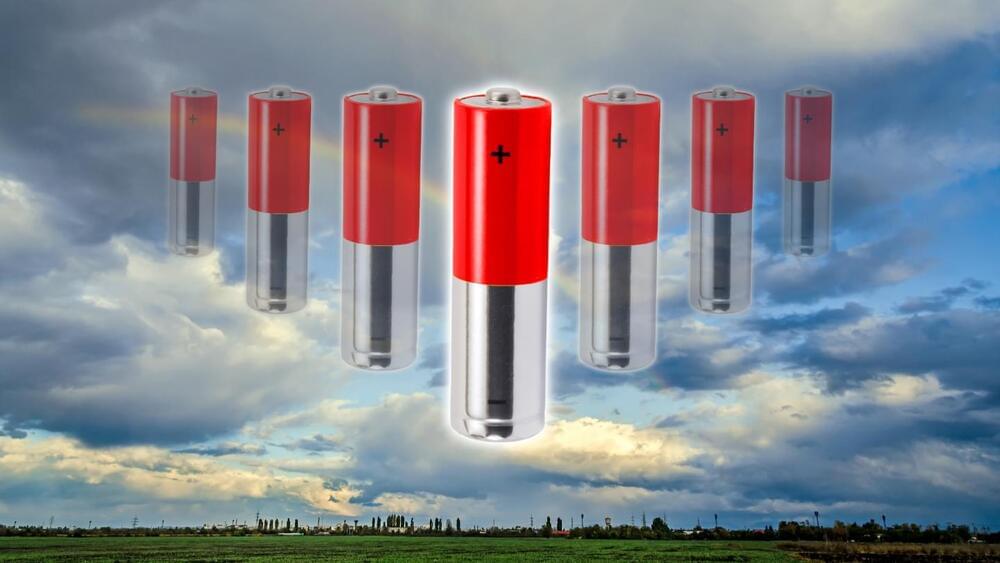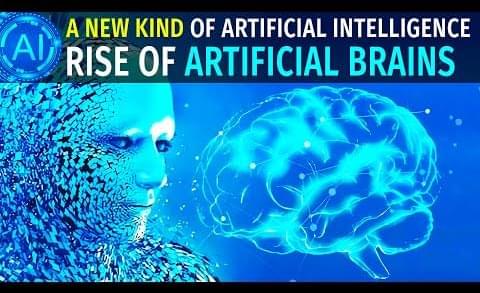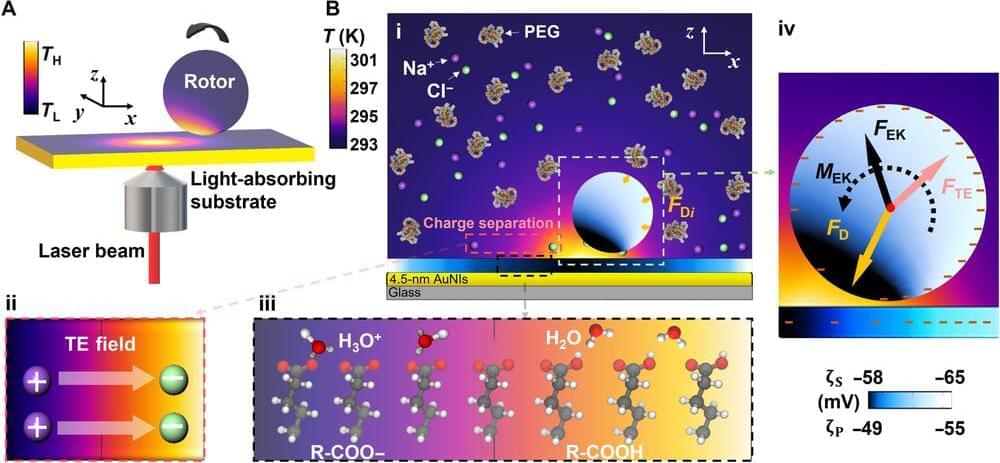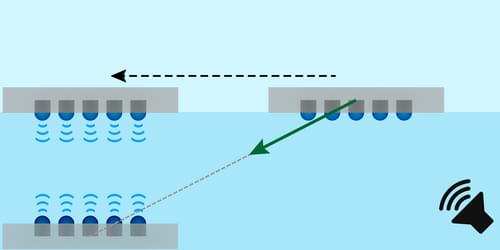Jul 14, 2022
Nikita Michelsen, Founder & CEO, Pearlita Foods — Sustainable Cell Cultured Mollusk Seafood Products
Posted by Ira S. Pastor in categories: biological, food, sustainability
Sustainable cell cultured mollusk seafood products — nikita michelsen, founder & CEO, pearlita foods.
Nikita Michelsen, is Founder & CEO of Pearlita Foods (https://www.pearlitafoods.com/), the world’s first cell-based mollusk company, which is developing sustainably & ethically grown products, like oysters and abalone, that are contaminant free without compromising flavor or nutrition.
